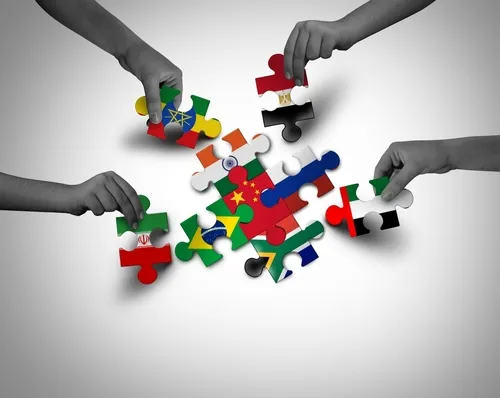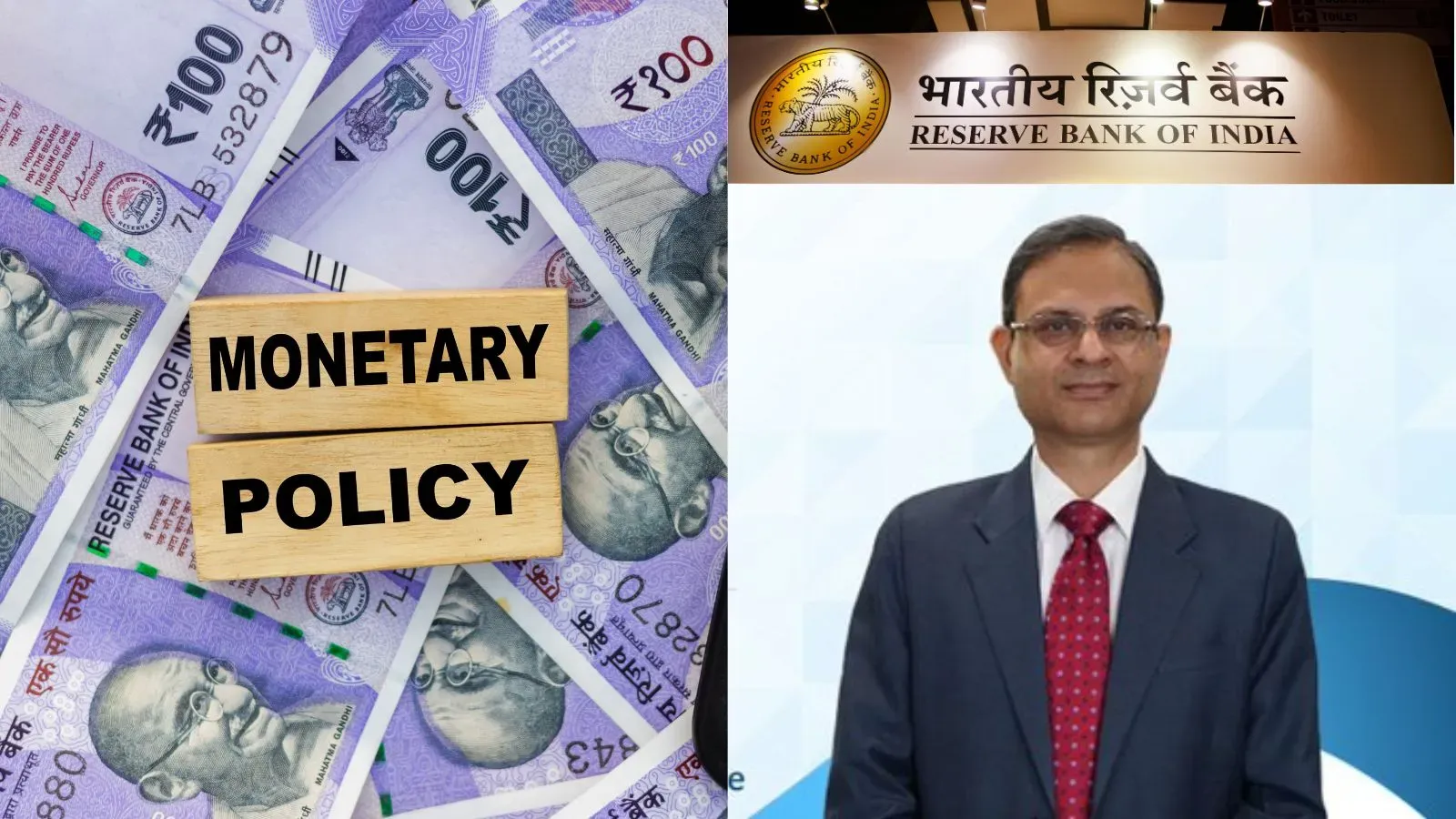Business News
A tale of demographics and development: Why India’s Census matters

6 min read | Updated on August 18, 2025, 14:29 IST
SUMMARY
Understanding India’s shifts in demographics, attitudes, social and economic nuances requires a huge undertaking: the Census. It’s not just a count of heads. The Indian Census is a monumental exercise, offering a detailed snapshot of a billion-plus lives. It's an administrative achievement and an indispensable tool for nation-building.

The last Census in India was conducted in 2001
India’s policy decisions, resource distribution and social welfare programmes all depend on that one exercise that is conducted every 10 years. It’s called the Census. It reveals crucial data about the country’s population growth, demographics and socio-economic conditions.
What is a Census and why does it matter?
A census is the process of collecting, compiling and analysing demographic, social and economic data of all persons and households within a country. In India, it’s an exercise of door-to-door enumeration, in every village, town and city. Going from the remotest villages to the busy metropolises, government officials gather information on population size, age, gender, literacy, occupation, housing, access to amenities and more.
The relevance of the Census in a country as large and densely populated as India cannot be overstated. It is the basis of all socio-economic planning and policy formulation. Imagine if the government had to build schools without knowing how many children live in a particular district or allocate healthcare services without knowing the age distribution of a population. Without accurate data, governance would be impossible.
Let’s look at each of the factors that Census data directly influences.
Resource allocation: It is the data derived from the Census that helps in the distribution of funds from the central government to states and local bodies for health, education, infrastructure, and welfare schemes.
Policy formulation: Census data informs policy-making across sectors. It is used to design welfare programmes for the marginalised parts of society, for urban planning, rural electrification drives etc.
Constitutional and political representation: Census figures are important for the delimitation of parliamentary and assembly constituencies, ensuring fair representation based on population size.
Social and economic analysis: It is this data that indicates a country’s literacy rates, sex ratios, urbanisation trends and other patterns. It thus enables researchers and policymakers to identify areas of concern
India's Census: A logistical marvel
India's Census is noteworthy because of its large scale. It’s a mammoth administrative exercise covering over a billion people. The US also conducts its census every ten years but the difference is that the population size is much smaller. China too conducts decennial Censuses through a highly centralised system.
What makes India's exercise stand out is its diversity, which includes numerous languages, religions, castes, and socio-economic strata. India has a diverse landscape with varying levels of literacy and access, which presents a unique challenge at every step of the process.
Echoes from the past: What previous Censuses revealed
Each decennial Census has come up with critical insights that have shaped India's trajectory: 1921 Census: This census was significant as it marked the only time India's population showed a downward trend, due to famines and the influenza pandemic. It revealed the fragility of public health systems and the urgent need for welfare measures.
1951 Census: The 1951 census, the first after Independence, established a foundation for a nation, revealing some critical data which helped the nation rebuild itself. Subsequent censuses exposed India's population explosion, highlighting the need for family planning initiatives and resource management.
1991 Census: The nation had changed by the time it was time for the 1991 census. It revealed urbanisation and a growing middle class, influencing policies aimed at urban infrastructure development and economic liberalisation.
2001 and 2011 Censuses: These censuses were eye-openers as they brought to light the decline in the child sex ratio, particularly in states like Punjab, Haryana, and Gujarat. This data gave rise to national campaigns like "Beti Bachao, Beti Padhao" and strengthened laws against female foeticide. They also provided detailed information on literacy rates, showing some improvements but also bringing to light disparities, especially for women and certain social groups. This led to targeted education policies. Data on housing and access to toilets and drinking water directly led to large-scale sanitation and housing schemes.
These revelations painted a real picture of India, allowing policymakers to craft evidence-based interventions that have touched millions of lives.
The awaited count: The upcoming Census
It has been a long wait for the 16th national census, originally slated for 2021. The reference date for the upcoming Census enumeration has been set for March 1, 2027, with an earlier date of October 1, 2026, for snow-bound regions.
The primary reason cited for the initial delay was the COVID-19 pandemic. A large-scale door-to-door exercise was impractical and unsafe in a nation grappling with health concerns and lockdowns. While the pandemic was a major disruption, the prolonged delay has again raised questions. Critics suggest that political considerations might also be responsible for this inordinate delay.
The linking of the Census with the National Population Register (NPR) update, perceived by some as a precursor to a controversial National Register of Citizens (NRC), has also added to everyone’s apprehension.
Expectations from the upcoming census
Caste enumeration: For the first time since 1931, the census will include a thorough enumeration of castes. Political parties and social groups have wanted this for a long time, arguing that updated caste data is crucial for designing more effective policies and targeted welfare schemes. The Bihar caste survey in 2023, for instance, has increased these demands at a national level.
Delimitation of constituencies: The upcoming census will serve as the basis for the proposed delimitation of Lok Sabha and state assembly constituencies. This process, frozen until the first census after 2026, is contentious, particularly among Southern states, which fear losing political representation due to their success in population control compared to Northern states.
Updated demographics: It will provide crucial data on India's current population size, growth rate, age structure, urbanisation levels, migration patterns and socio-economic indicators. This fresh data is important for a country that has undergone significant changes since 2011. The census is more than just statistics, it's a reflection of India's evolving identity and it ultimately helps the citizens of a country. The upcoming exercise, despite its delays and complex nature, will provide a contemporary reflection of the nation and guide its path forward.
By signing up you agree to Upstox’s Terms & Conditions
About The Author
Next Story

